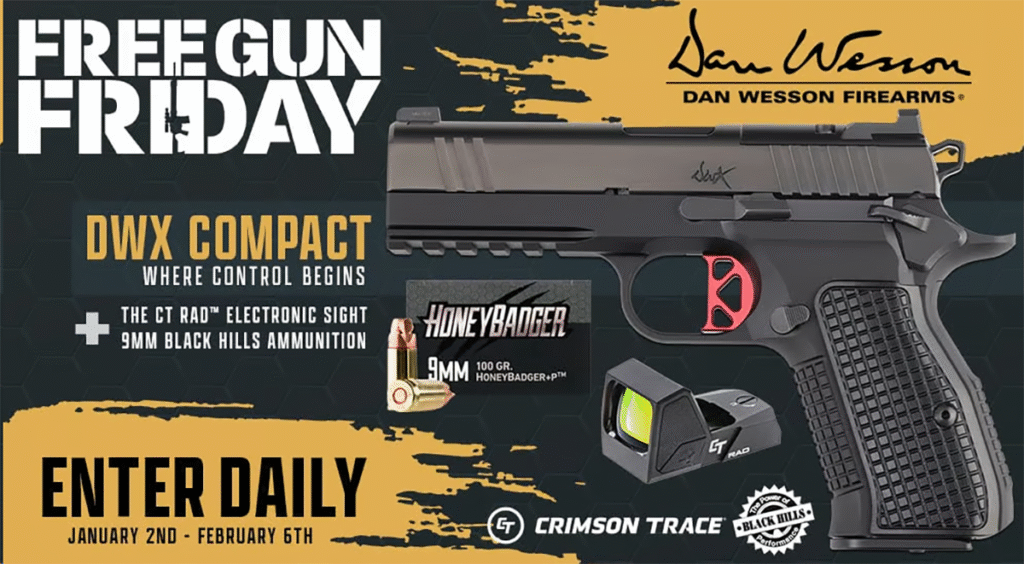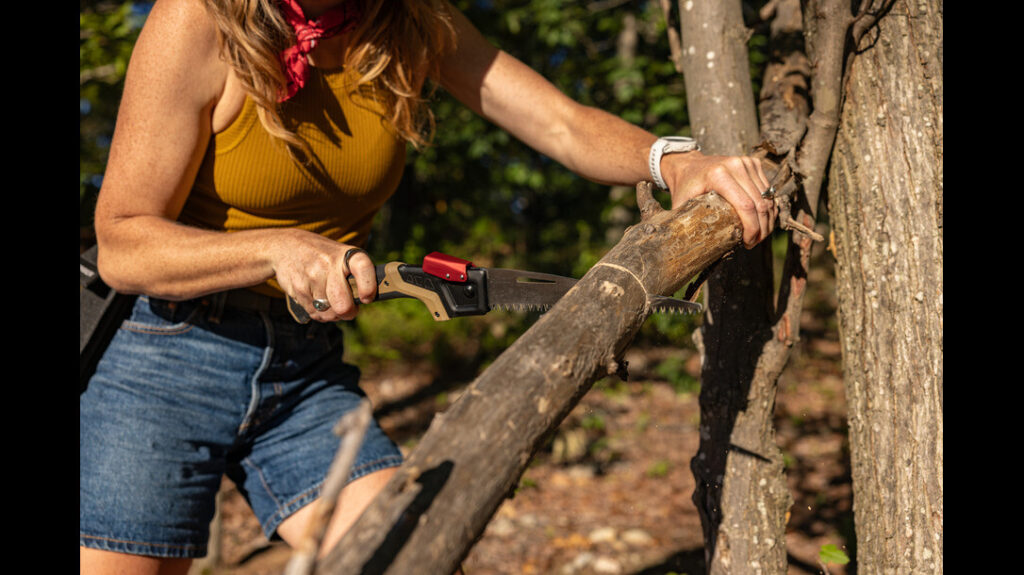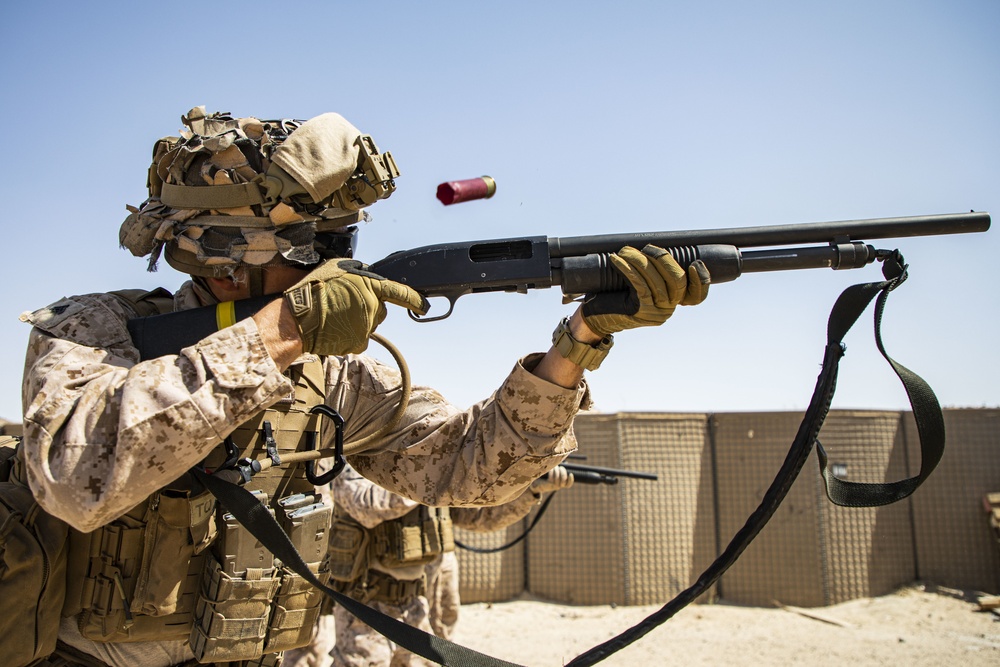How many of you have research concealed carry, watched a Youtube video, or read an article where you ran into a phrase that basically said, “380 ACP is the minimum caliber for concealed carry.” I’ve heard this for more than a decade at this point and there was a time where I believed it. In my previously uneducated mind I thought that the 380 ACP had just enough ‘stopping power’ to get the job done. Not as much as 9mm and .45 ACP of course!
I’ve spent a lot of time educating myself on firearms, concealed carry, ballistics and more. The most important thing I’ve learned is that there is massive amounts of things that I don’t know. With this mindset I’ve embraced new ideas, some that were counter to the my prviosu firearms education and one of those things is that .380 ACP is no the minimum caliber for concealed carry.
What Is A Minimum Caliber?
That’s a really good question. Like a lot of things in the gun world, the idea of a minimum caliber for self-defense starts to fall apart when faced with any real scrutiny. I can’t tell you what a minimum caliber is, but I can tell you what people mean when they say XZY cartridge is the minimum caliber for self-defense.
Advertisement — Continue Reading Below
Their intention is to portray a particular round as the smallest acceptable cartirdge that will still stop a threat. Much like my previous beliefs on the subject they are trying to say the cartridge has enough stopping power to stop a bad guy. In fact it has just enough, no extra to spare. If you try to break down the answer even more it starts to quickly fall apart.
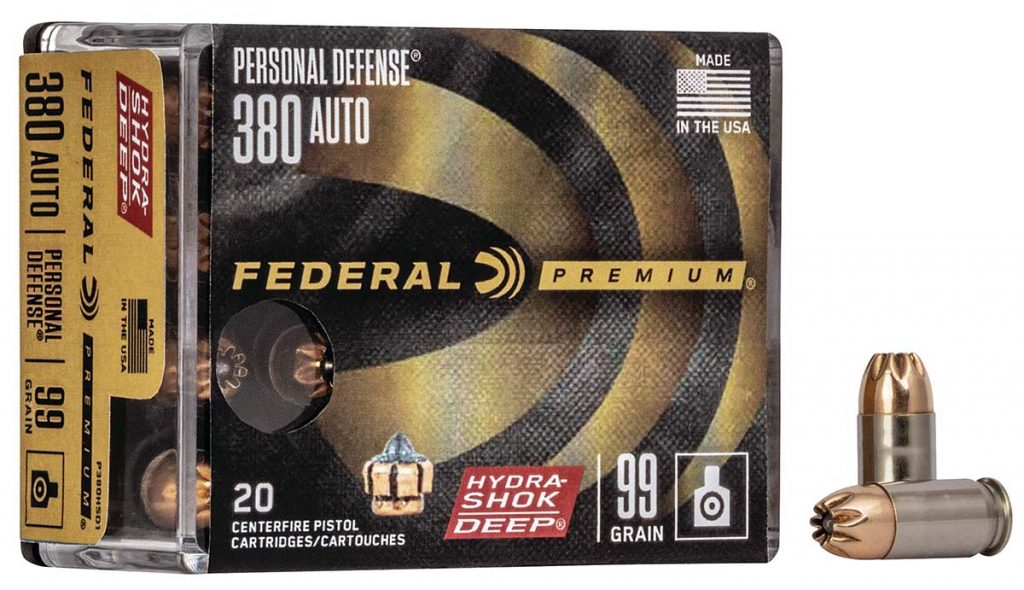
Define stopping power for one. What is the mathematical formula that equals stopping power? Is it foot-pounds of energy? I’ll let you in on a secret: with handgun rounds, the energy doesn’t really matter. It’s not enough energy to create secondary wound effects. Rifle cartridges create more than one wounding mechanism, but handguns are limited to the direct damage done by the piece of metal as it travels through the body.
Advertisement — Continue Reading Below
If it’s not energy is it bullet size? The .380 ACP uses a 9mm diameter projectile that just moves slower than standard 9mm. That seems like an awfully silly thing to measure effectiveness. Cartridges like the .30 Super Carry and 7.62 Tokarev use a smaller projectile, but it’s moving a helluva lot faster, penetrates deeper, and can expand quite well through heavy clothing.
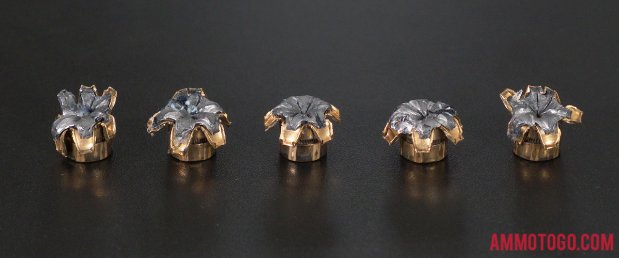
The idea of the 380 ACP as the minimum caliber falls apart quickly when you start to ask questions. The idea of any minimum caliber falls apart.
Advertisement — Continue Reading Below
Why Did .380 ACP Become the Minimum Carry Caliber?
Isn’t that the million dollar question? I don’t have a solid answer becasue we don’t have any kind of formula to tell us what the smallest caliber you should carry should be. I think it became part of the gun culture zeitgeist becasue of the popularity of guns like the LCP and S&W Bodyguard. These ultra small pistols are popular carry options and fired a fairly large cartridge for their small size.
People might forget that in the early 2010s, these guns were huge sellers. They kind of owned the market due to how small they were. Sure, people hated shooting them, but they were tiny little guns that were easy to slip into a pocket.
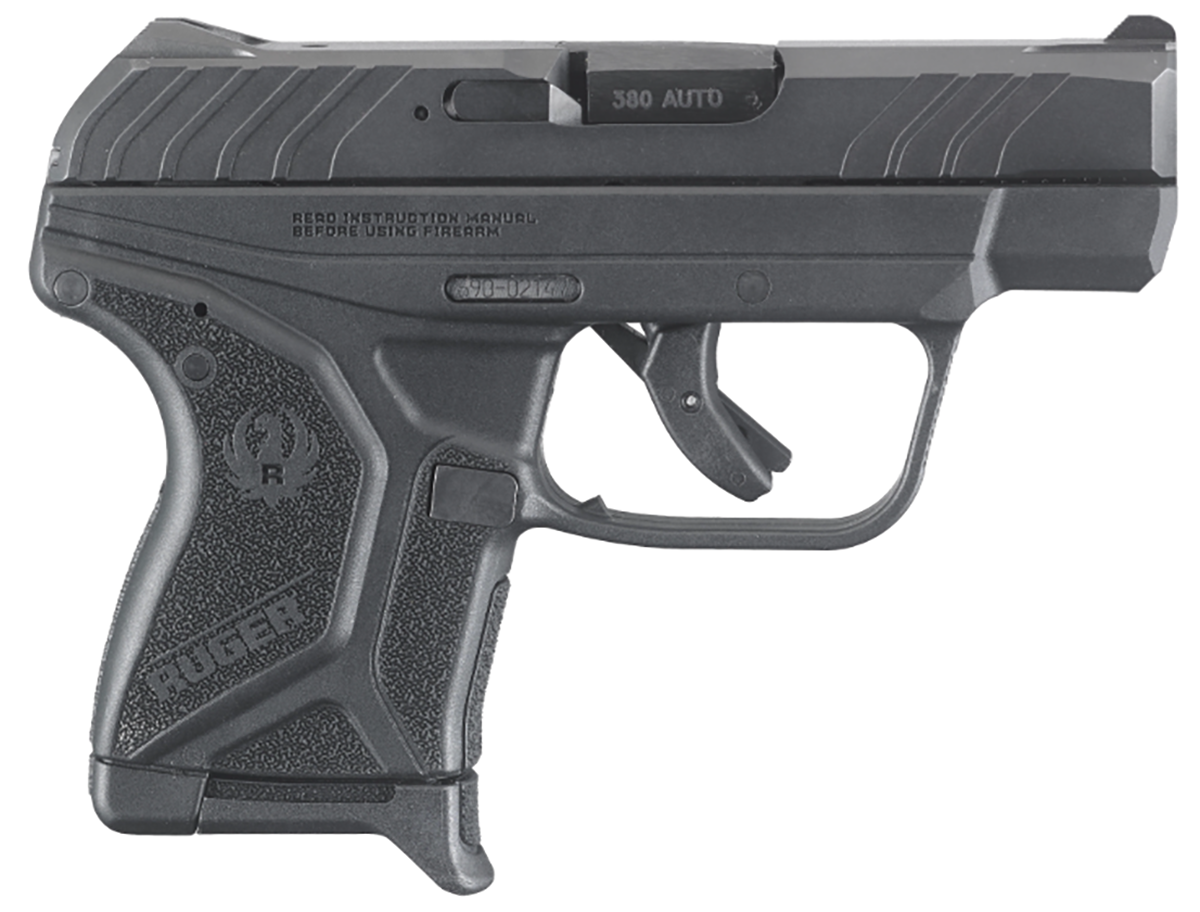
Advertisement — Continue Reading Below
When it comes to firearms, Americans get really stuck on projectile size. It’s part of that American exceptionalism that got us the .45 ACP, while the rest of the world went with the more sensible 9mm. The idea of a caliber smaller than .380 ACP meant using a poodle shooter like .32!
It’s as if people believed that the .32 caliber round would just bounce off a bad guy. They’d likely start talking about the Moros in the Philippines and other such nonsense.
Is There A Minimum Carry Caliber?
No. We can’t even define the minimum requirements for a carry caliber. It all comes down to your situation and needs to be mixed with a bit of science. We want a cartridge that can penetrate through at least 12-inches of properly calibrated ballistic gel. If it can do that it can make it deep enough to reach the vitals and shut down a threat. The expansion we get form JHPs creates a bigger wound track and provides a nice bonus effect, but we really want that penetration first and foremost.
Advertisement — Continue Reading Below
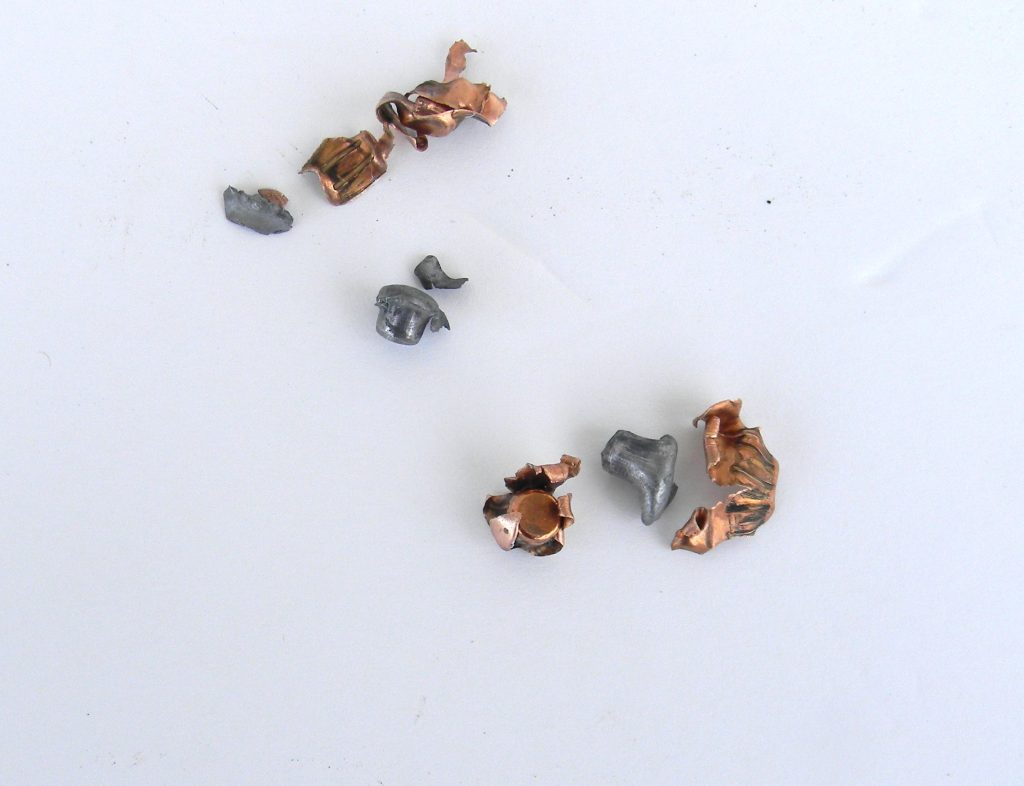
Hot .22LRs can do that these days with the right ammo. That doesn’t mean that .22LR might work well for you. Maybe you are in a very cold environemnt and hearty jackets are an issue. They won’t stop bullets by any means, but they can sap some of the penetration out of the .22LR. For you the .22LR might not be enough, so maybe you want that .380 or .32, or even 9mm.
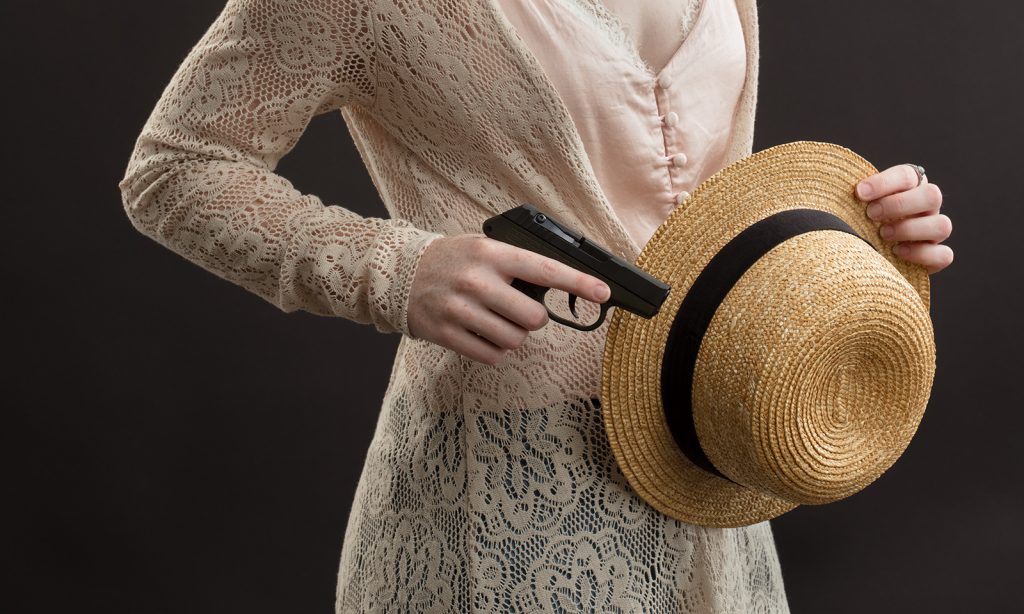
Advertisement — Continue Reading Below
Suppose you’re like me and live in a southern state. That might never be a real concern. You have to plan for your environment and situation. I hate the recoil of a pocket .380, so if I’m stuck with a pocket pistol, I’m choosing the .32 ACP.
You’ll have to research, experiment, and decide what your minimum caliber is and why. It doesn’t have to be .380 ACP by any means.

